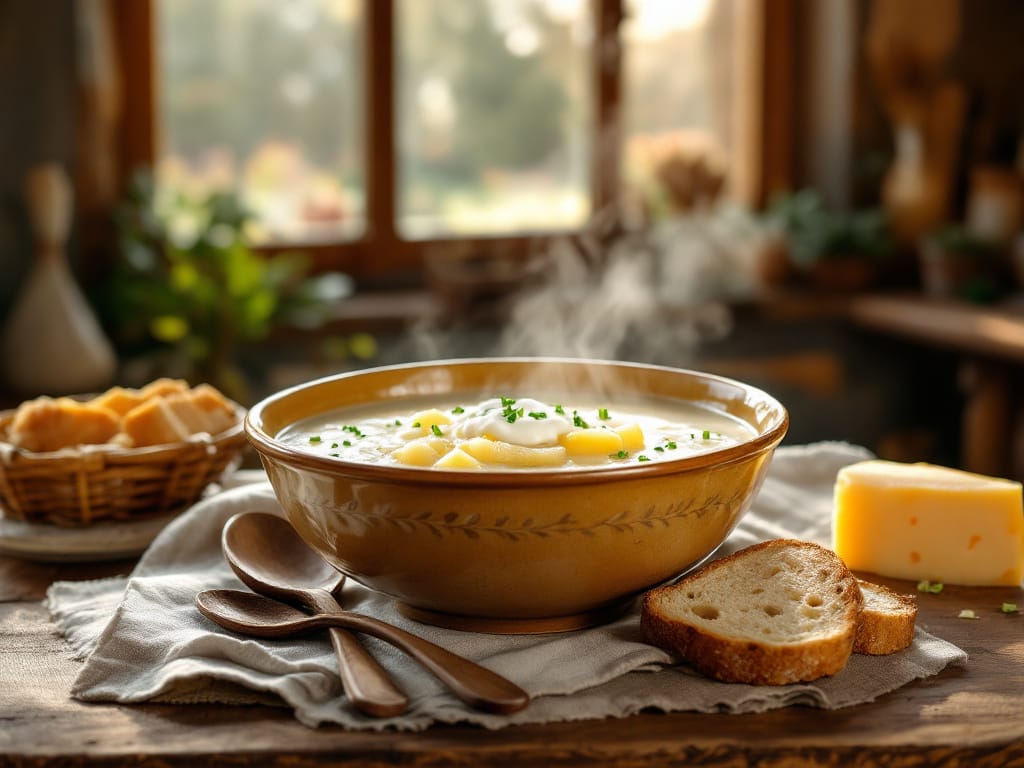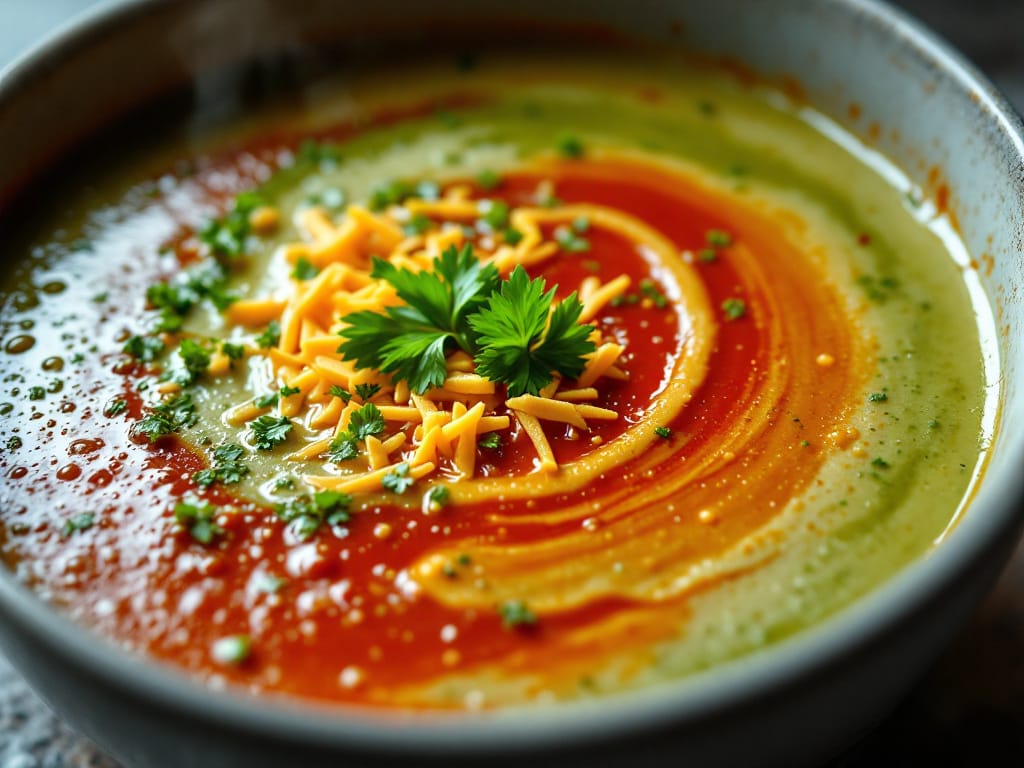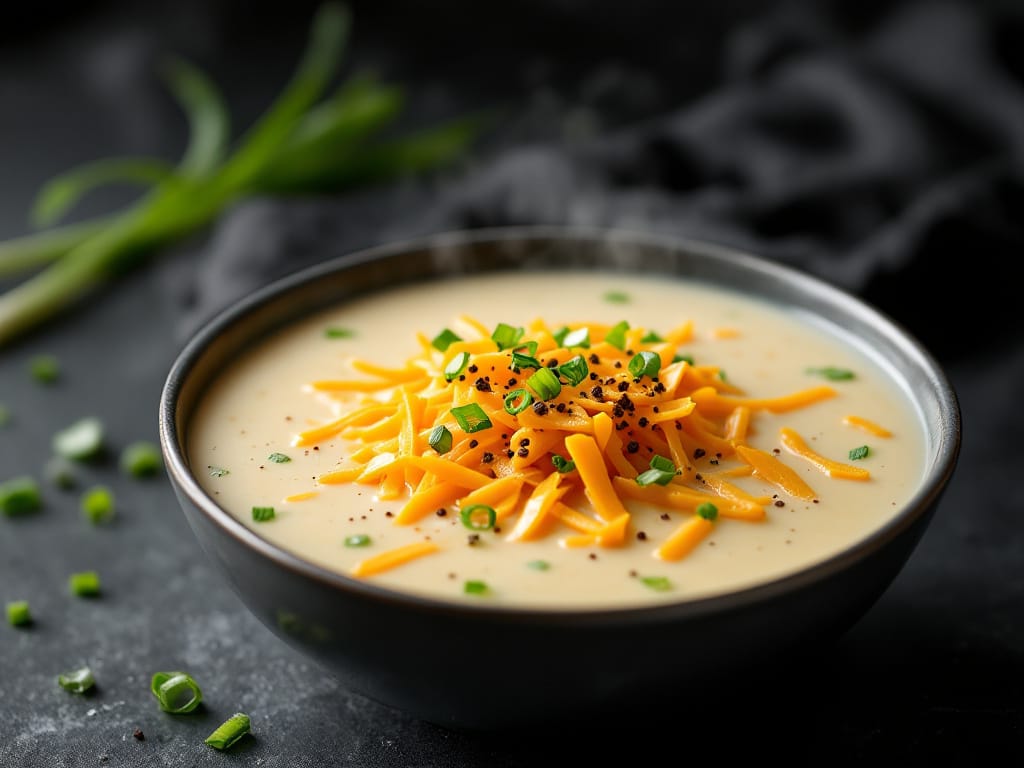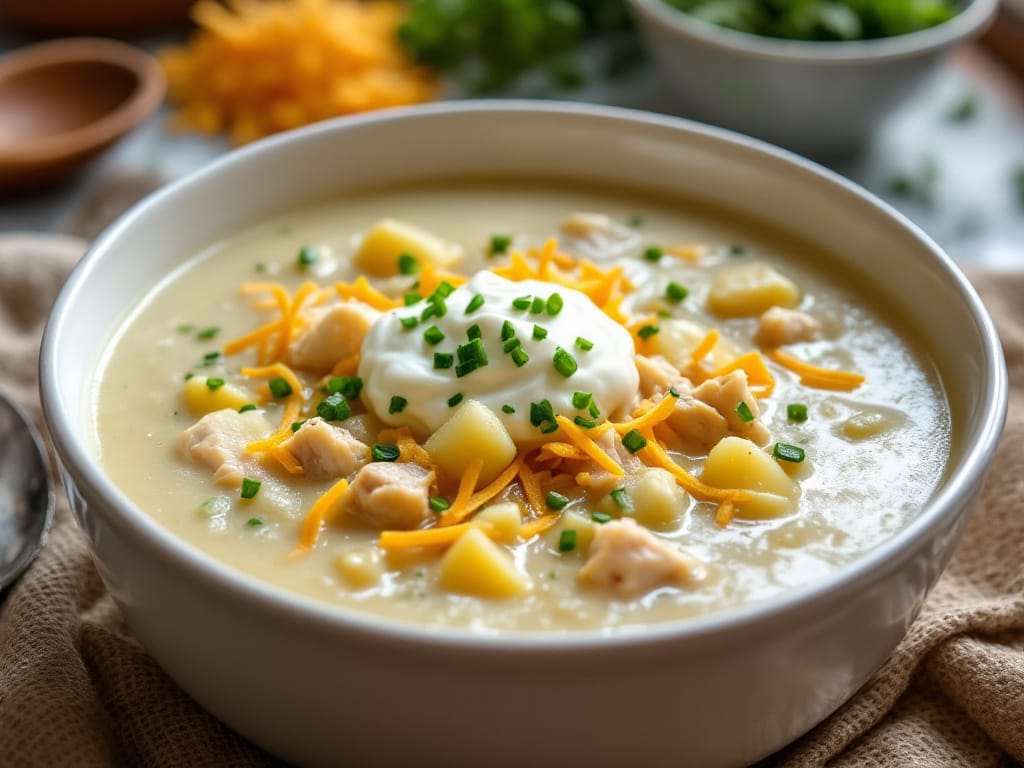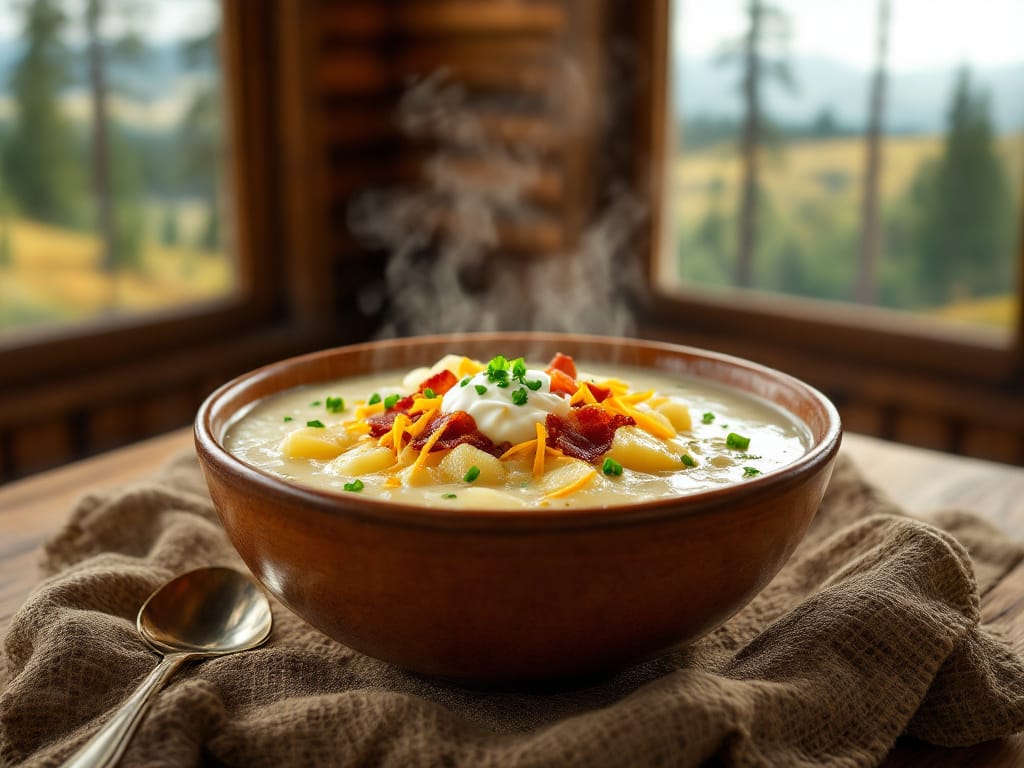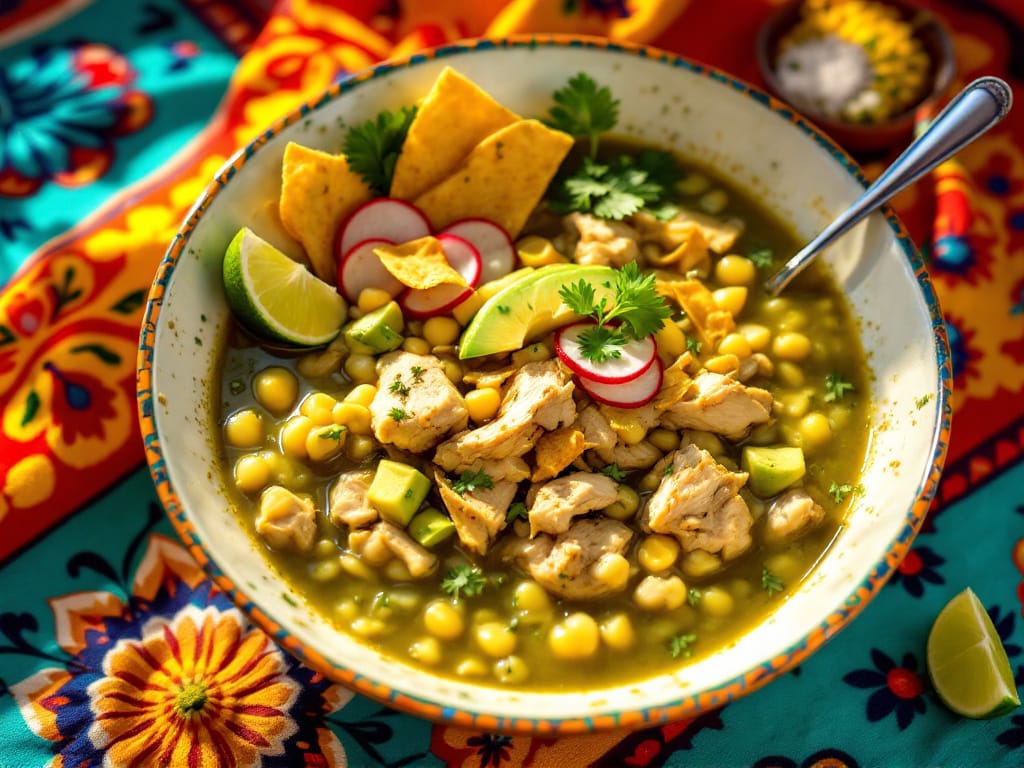Introduction to Kids and Fruit Salad
Encouraging kids to participate in the kitchen is not only fun but also highly educational. One of the easiest and healthiest ways to involve children is by teaching them how to prepare fruit salad. This simple activity introduces them to the basics of cooking, promotes healthy eating habits, and strengthens family bonds.
Making a fruit salad can be an excellent way to develop a child’s motor skills and sense of responsibility. It’s a hands-on, interactive experience that encourages creativity. For tips on how to create a safe and fun cooking environment for kids, check out Alice Springs Chicken Recipe.
Benefits of Kids Making Fruit Salad
Nutritional Benefits
- Fruit salads are packed with vitamins, minerals, and fiber, making them a powerhouse of nutrients.
- Encouraging children to make and eat their own fruit salads fosters an appreciation for the importance of healthy eating habits.
Developmental Benefits
- Preparing fruit salads enhances fine motor skills such as chopping, peeling, and mixing.
- It teaches valuable lessons in teamwork and the importance of following instructions.
Bonding and Educational Benefits
- Cooking together strengthens family relationships and creates lasting memories.
- It provides an excellent opportunity to teach kids about nutrition, the seasonality of fruits, and kitchen safety.
Preparing for Fruit Salad Making
Ingredients to Choose
- Opt for kid-friendly fruits such as:
- Bananas
- Apples
- Berries
- Grapes (cut into halves or quarters for safety)
- Avoid:
- Allergens or fruits that children may be allergic to.
- Potential choking hazards, like whole grapes or large chunks of hard fruits.
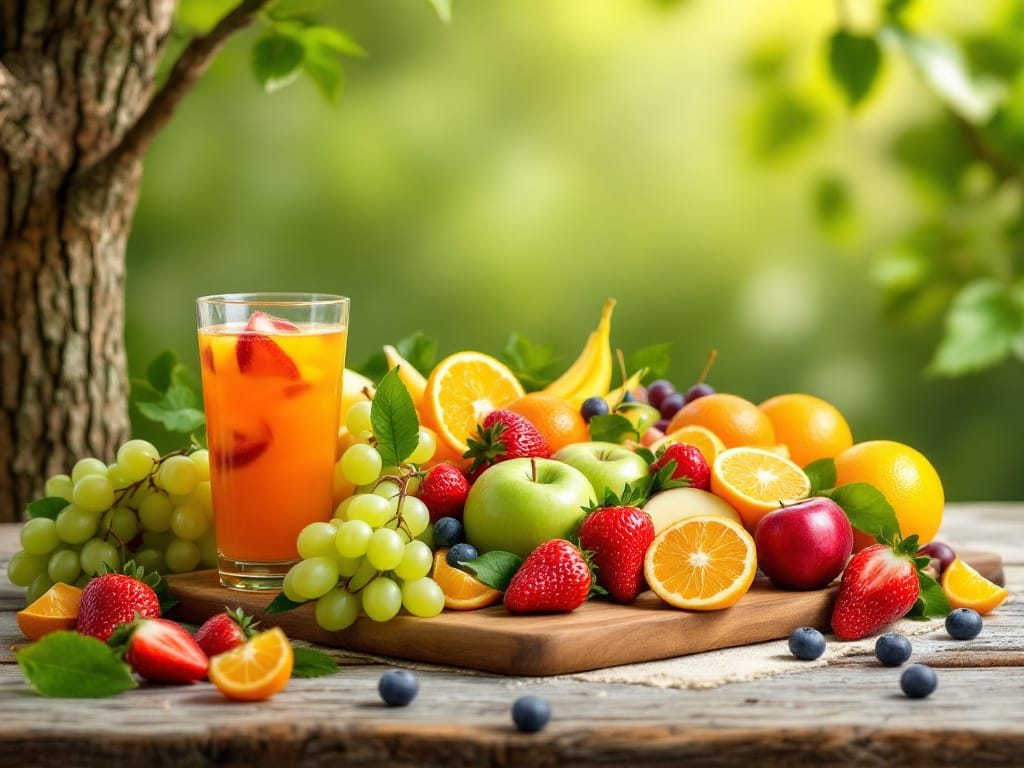
Essential Tools
- Use tools designed with safety in mind:
- Child-safe knives with rounded tips.
- Non-slip cutting boards.
- Lightweight mixing bowls suitable for small hands.
- Investing in kid-friendly kitchen tools boosts their confidence and ensures safety.
Safety Measures
- Always supervise children during food preparation to prevent accidents.
- Teach them:
- How to handle knives safely.
- The importance of washing hands and fruits before starting.
- Emphasize hygiene and keeping the workspace clean.
Easy Fruit Salad Recipes for Kids
Basic Fruit Salad Recipe
Ingredients:
- Apples, bananas, and grapes
- A splash of orange juice
Steps:
- Wash and chop the fruits into bite-sized pieces.
- Mix the fruits in a bowl.
- Drizzle the salad with orange juice to enhance flavor and prevent browning.

Themed Fruit Salads
- Rainbow Salad:
- Include fruits of various colors, such as strawberries (red), oranges (orange), kiwi (green), blueberries (blue), and purple grapes.
- Arrange the fruits in a rainbow pattern for visual appeal.
- Seasonal Salad:
- Use fruits in season for the best flavor and freshness, like mangoes in summer or pomegranates in winter.
- Highlight the unique flavors of the chosen season.
Yogurt-Based Fruit Salad
Ingredients:
- Pineapple, strawberries, and raspberries
- Plain yogurt, honey, and a sprinkle of cinnamon
Steps:
- Prepare the dressing by mixing yogurt, honey, and a sprinkle of cinnamon.
- Toss the dressing with the chopped fruits to create a creamy and refreshing salad.
This recipe adds a protein-packed twist to the traditional fruit salad, making it both nutritious and delicious!
Overcoming Challenges in Making Fruit Salad with Kids
Picky Eaters
- Involve children in the process of choosing fruits. Let them pick their favorites at the store to make them feel engaged and excited.
- Use creative presentations to make the salad more appealing, such as:
- Arranging fruits in the shapes of animals or smiley faces.
- Layering colorful fruits in a clear bowl for a vibrant visual effect.

Time Constraints
- Prepare fruits ahead of time:
- Wash, chop, and store them in the refrigerator in airtight containers.
- Use ready-to-eat fruits like berries, pre-cut watermelon, or packaged seedless grapes to save time.
Allergies and Dietary Restrictions
- Substitute ingredients thoughtfully:
- For lactose-intolerant kids, use dairy-free yogurt or fruit juices as dressings.
- Replace nuts with seeds if there are nut allergies.
- Always double-check for allergens and inform children about the importance of checking food labels.
By addressing these challenges, you can ensure a positive and enjoyable experience for everyone involved.
Frequently Asked Questions (FAQs)
Can kids safely cut fruits?
Yes, with proper supervision and the use of child-safe knives, kids can safely cut soft fruits like bananas or strawberries. This helps them develop essential kitchen skills in a secure environment.
What are the best fruits for kids to handle?
Soft fruits such as:
- Bananas
- Peaches
- Berries
These are easy for children to handle and require minimal effort to cut or peel.
How do I prevent fruits from browning?
Drizzle the chopped fruits with lemon or orange juice. The acidity slows down the oxidation process, keeping fruits fresh and visually appealing.
Are there alternatives to using sharp knives?
Yes! Consider using:
- Plastic serrated knives for cutting soft fruits.
- Cookie cutters to create fun shapes safely.
These alternatives make the activity enjoyable and risk-free for kids.
How to store fruit salads?
- Keep fruit salads in an airtight container and refrigerate them for up to 24 hours.
- Add dressings like yogurt or honey just before serving to maintain the best texture and flavor.
Fun Ideas to Encourage Kids
Involving Kids in Shopping
- Take your kids along when shopping for fruits.
- Let them pick their favorite fruits to include in the salad.
- This hands-on approach builds excitement and gives them a sense of ownership over the dish.
Fruit Art and Presentation
- Encourage creativity by allowing kids to arrange fruits into fun shapes, such as:
- Smiley faces
- Animals
- Rainbows or patterns
- Use cookie cutters to make shapes out of melons or apples for an added touch of fun.
Themed Salad Challenges
- Host a mini contest where each family member creates their own unique salad.
- Add a theme, such as a “rainbow salad” or a “tropical salad.”
- Kids will enjoy showcasing their creations and learning about the different combinations they can make.
These fun ideas not only encourage kids to participate but also make fruit salad preparation a memorable family activity!
Conclusion and Final Tips
Making fruit salad is a fun, educational, and health-promoting activity for kids. It helps them develop essential skills, strengthens family bonds, and fosters a love for nutritious food. Start small, provide guidance, and watch your child’s enthusiasm grow with every chop and mix.
By involving kids in preparing simple recipes, you’re giving them a lifelong appreciation for healthy eating. For more tips on encouraging healthy habits, visit The Ultimate Guide to Fruit Salad Dressing. Together, you can make fruit salad preparation a cherished family tradition.



